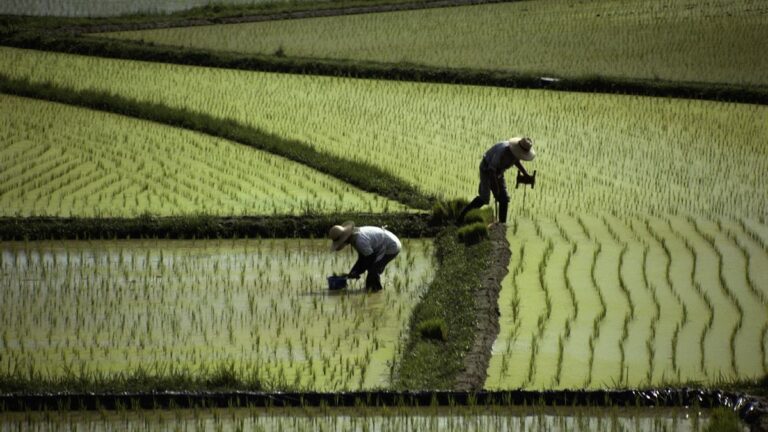Rice Crisis in Japan: A Structural Problem Worsened by Speculation and Government Inaction

Rice crops in Japan. Photo: X/ @ActisAndres
June 29, 2025 Hour: 3:24 pm
Japan is facing a deep crisis surrounding rice, the country’s staple food and cultural symbol, whose price has surged by nearly 90% in the past year, directly impacting the daily lives of families and social stability.
RELATED:
India and Japan Notify WTO of Possible Retaliation Against U.S. Tariffs
This situation has forced the Japanese government to intervene exceptionally, releasing more than 210,000 tons from its strategic reserves to contain the price hike—an unprecedented measure in recent times.
Speculation among wholesalers and consumer panic triggered by government warnings of a possible megathrust earthquake in the Nankai Trough led to massive buying that emptied shelves and reduced private inventories to historic lows in a quarter of a century.
The speculative dynamic has been fueled by a lack of effective regulation and delayed government response with clear and decisive policies.
Moreover, widespread inflation and tensions in global markets, exacerbated by tariffs and international financial crises, have pushed up production and distribution costs for rice.
The government, which maintains a reserve system with approximately one million tons stored for emergencies, finally decided to sell part of these reserves directly to major retailers in an attempt to lower consumer prices, which had risen to over 4,285 yen for a 5-kilogram bag—more than double compared to a year ago.
However, this intervention has come late and proves insufficient. The delay in releasing reserves and the absence of a comprehensive plan to protect small farmers and consumers have exposed the state’s inability to guarantee food sovereignty and the right to dignified nutrition.

